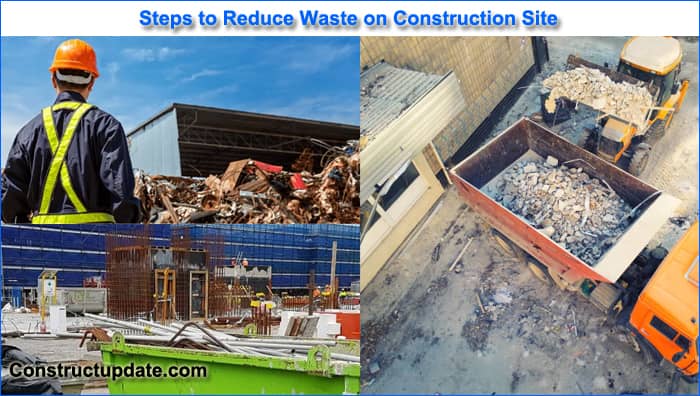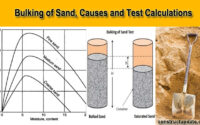How to Reduce Waste on Construction Site | Tips to Reduce Construction Waste at Site
Huge debris and construction refuse are amassed on a site whenever a building is built, renovated, or torn down. Can you estimate its potential cost? On a typical civil engineering building site, 548 million tonnes of construction waste are produced. Concrete, asphalt, glass, wood, metal, bricks, and other materials are among these refuse.
Here are six suggestions for reducing building waste. The reusable materials won’t end up in dumps if these suggestions are followed.
1. Avoid Work Errors at Construction Site
If you don’t have an experienced staff working with you, mistakes could be made on the site. On a building site, mistakes like using defective pipes or making the wrong cut in the material are frequently observed. More trash will be produced by correcting these. Therefore, be sure to collaborate with a skilled team of experts who have an eye for precision.

2. Always Keep Track of your Materials Stock
To prevent any building waste, your inventory planning needs to be on point. You should only order and stock items that are truly needed. Don’t hoard. Less material will be wasted if your employees process and cut the appropriate quantity of material for the construction. Regular audits are necessary to ensure that the right quantity of material is being used.
3. Think about what can be recycled and used.
There is a lot of material that can be recycled and used again on a building site. Huge plasterboard scraps can be used as filling materials. Clean concrete pieces, dirt, bricks, and other materials can be used to create the backfill along the foundation walls. Uncolored timber that has been scraped can be used as mulch. If some of the material can be used by someone else, you can also give it. Keep reusable items in a different bin.
4. Try Green Building
It’s time to accept the idea of a green building if you haven’t heard of it. More recyclable and environmentally friendly materials are used in this type of building as opposed to perishable ones. Environmentally friendly building practises are used. If a fully green building isn’t an option, you can use sustainable alternatives whenever feasible.
5. Order construction supplies with minimal packaging
A lot of the packaging for building supplies may not be necessary. Determine the places where you can reduce the packaging. A waste of extra packaging materials occurs on all parties. Packaging costs extra, and since the material will end up in the trash on your property, you’ll need to set up garbage disposal machinery to get it out of there. Additionally, it is harmful to the ecosystem.
6. Store your materials properly
Protect the money you spent on supplies. To reduce harm, it is advisable that storing timber on level blocking and under cover. Stack and cover building materials like bricks. To avoid theft-related losses, store your goods in a safe area.
7. Recycle and reuse
Keep big plasterboard scraps so you can use them as filler. As backfill along foundation walls, use clear concrete chunks, old brick, and other masonry debris. Use buckets from joint compound as storage receptacles.
8. Work with your suppliers
Request that they transport your materials on returnable pallets that they can pick up after completing the job or after receiving additional deliveries. Check to see if they will purchase any products you no longer need.
Material waste is detrimental to the ecosystem and your bottom line. Reduce your building waste as a favour to the environment and to yourself.





